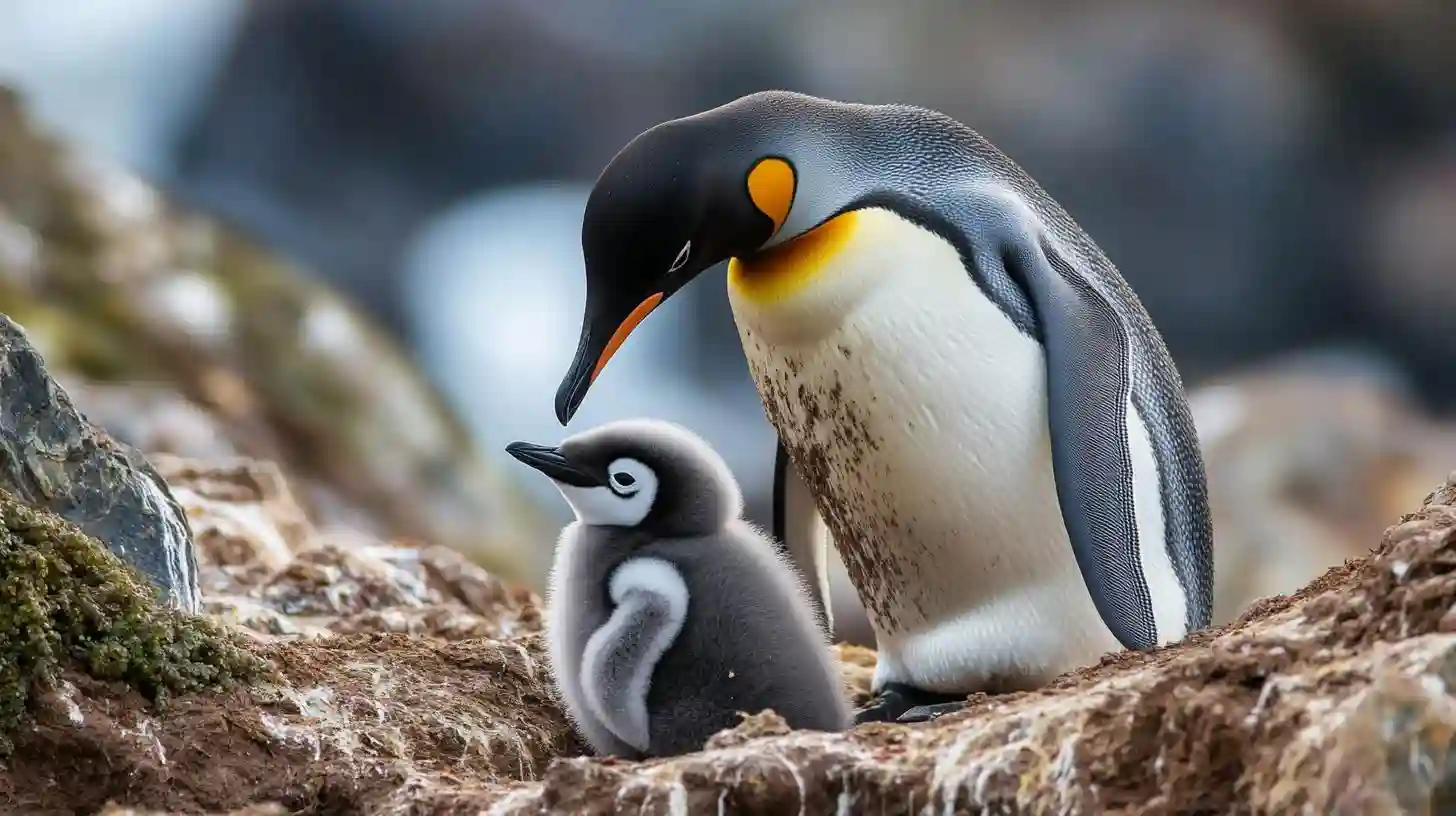
Penguins are among the most beloved animals on the planet, capturing the hearts of people with their distinct appearance and charming behavior. These flightless birds are predominantly found in the Southern Hemisphere, particularly in Antarctica, although some species inhabit temperate regions and even the Galapagos Islands. One of the most intriguing aspects of penguins is their remarkable adaptability to diverse environments, ranging from icy landscapes to warmer coastal areas. Unlike many other birds, penguins have evolved to thrive in aquatic environments, exhibiting superb swimming abilities that allow them to dive to significant depths in search of food.
The physical features of penguins are tailored for life in the water. Their bodies are streamlined, enabling efficient movement through the ocean. With their strong flippers, penguins can reach speeds approaching that of some fish while swimming. Interestingly, penguins are not built for flight; their wings have evolved into flippers that serve well for diving and swimming. In fact, some species can dive to over a thousand feet, showcasing their ability to navigate the underwater world with remarkable skill.
Among the many fascinating facts about penguins, their social behavior stands out. Penguins are known for their strong family bonds and social structures. Most species exhibit some form of social hierarchy, and many engage in cooperative parenting. For example, in Emperor penguins, both parents take turns incubating the single egg, demonstrating a commitment to their offspring's survival. This shared responsibility is a beautiful reflection of their social nature, as they rely on one another for support in the harsh environments they inhabit.
Another intriguing aspect of penguin life is their communication methods. Penguins are vocal creatures, employing a range of sounds to convey messages to each other. From trumpeting calls during courtship to distinctive braying sounds used for identification within colonies, these vocalizations are essential for maintaining social bonds and communicating with partners and neighbors. Interestingly, each penguin has its unique call, allowing mates to recognize each other within bustling colonies during nesting seasons.
Feeding habits of penguins are just as captivating. While their diet primarily consists of fish, squid, and other marine creatures, different species may have varied preferences depending on their habitat. For instance, Adélie penguins primarily consume krill, while Gentoo penguins are known to enjoy a mix of fish and crustaceans. Their hunting methods often involve groups foraging together, using cooperative strategies to corral schools of fish. Camouflage plays a vital role in their survival, as the dark coloration on the back and white underbelly provides counter-shading, protecting them from predators both above and below.
The environment that penguins occupy is not just fascinating but is also critical for their survival. As a result of climate change, their habitats are facing unprecedented changes. Melting ice in Antarctica poses a significant threat to species like the Emperor penguin, which depends on stable sea ice for breeding. The shifting temperatures are forcing these birds to adapt in profound ways. Studies have revealed a decline in certain penguin populations directly linked to dwindling food sources and habitat pressures. Conservation efforts are therefore paramount to ensuring that these iconic creatures continue to thrive in a changing world.
Compatibility and social structures extend to the collective behavior of large penguin colonies. Many species gather in groups that can number in the thousands, providing safety in numbers against predators such as seals and seabirds. These colonies often create a unique microclimate, with the penguins huddling together for warmth during frigid weather. This communal lifestyle fosters a strong sense of community, allowing individuals to develop complex social interactions that contribute to their survival.
Interestingly, penguins also engage in a range of playful behaviors. From sliding on ice to playing in the surf, these birds exhibit a level of enjoyment that mirrors human play. Such activities can be pivotal for young penguins, enhancing their social skills and preparing them for adult life. This aspect of their behavior highlights the joyful side of survival, showcasing the balance between the harsh realities of nature and the inherent playfulness found in the animal kingdom.
The life cycle of penguins is another area filled with fascinating elements. Breeding seasons often coincide with the harshest conditions, yet these birds exhibit remarkable resilience and dedication. During the courtship rituals, male penguins often perform elaborate displays to attract females, showcasing their strength and vitality. After mating, the female typically lays a single egg, which both parents then take turns incubating. The survival of the chick is a testament to the teamwork and commitment exhibited by the adult penguins throughout the demanding breeding season.
From their unique adaptations and social dynamics to their playful nature and dedication to their young, penguins offer a glimpse into the wonders of evolution and the richness of wildlife. Each aspect of their existence is intertwined with the environment they inhabit, making them not only symbols of the frozen landscape but also representatives of the delicate balance within ecological systems. With climate change presenting challenges to their survival, understanding and appreciating these fascinating creatures become increasingly important as we strive to protect their future.